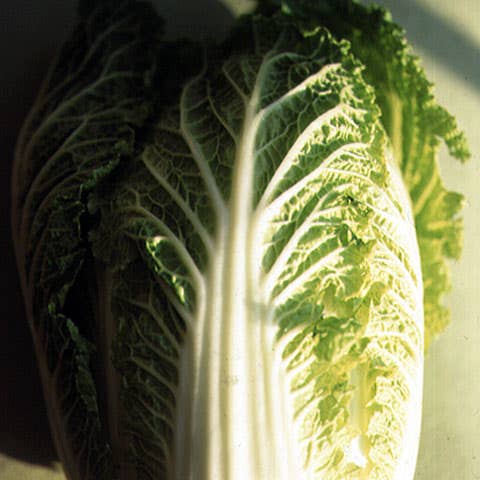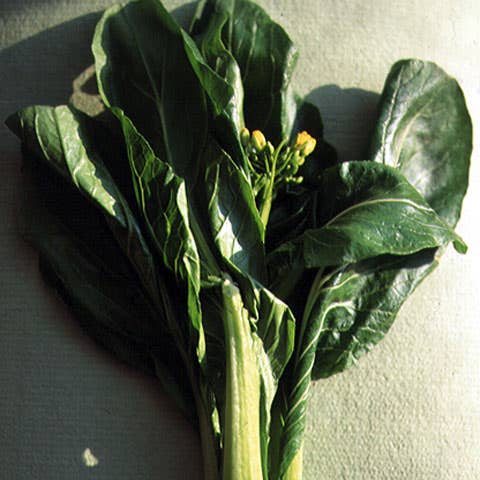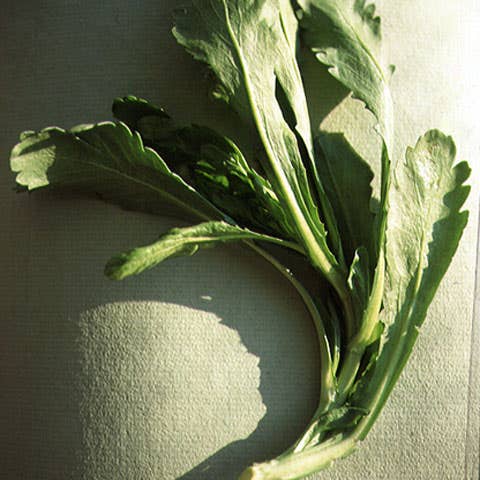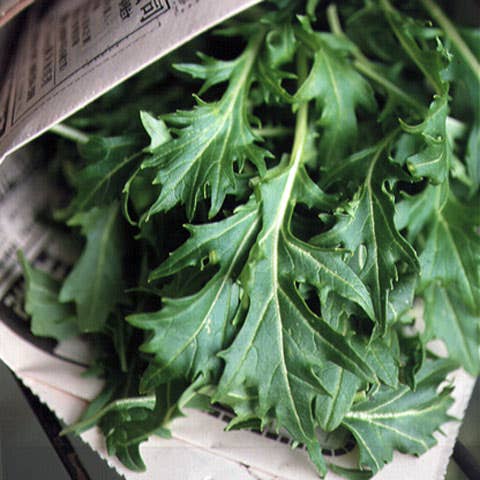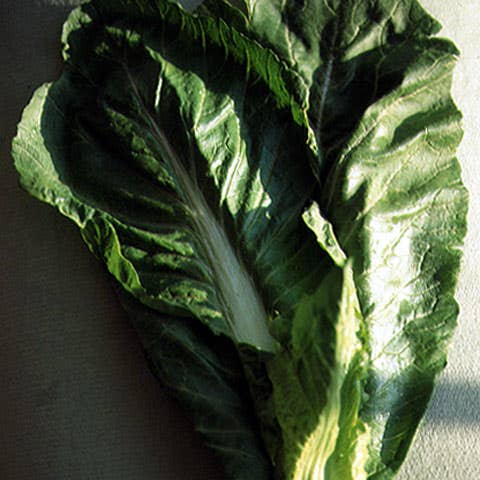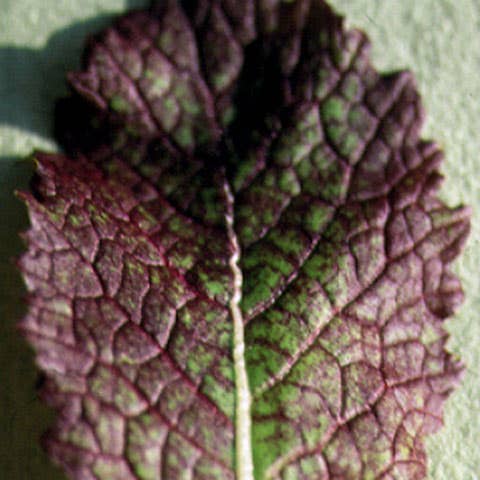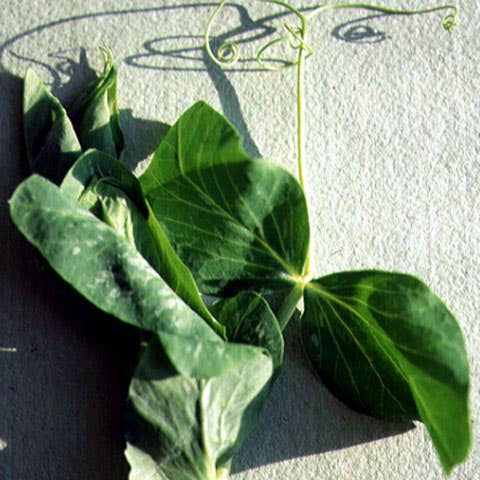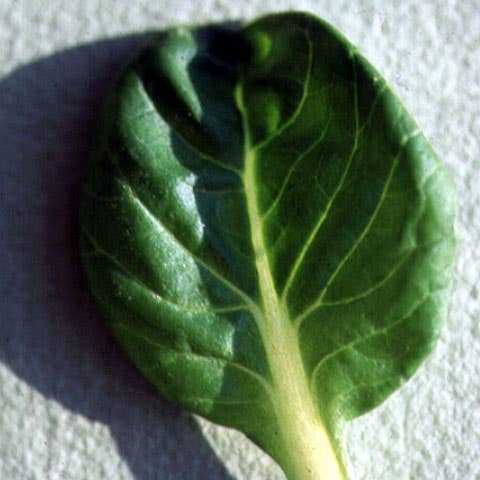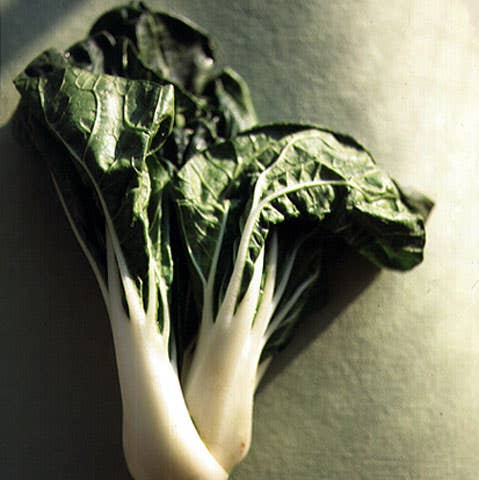
Asian Greens Guide
Try these 9 varieties braised, pickled, simmered in soups and added to stir-fries and salads. See a collection of recipes for Asian greens »
Chinese Cabbage
(Brassica rapa ssp. pekinensis): The two most common Chinese cabbages are napa (nothing to do with the California valley), which is barrel-shaped, and michichili, which is more elongated. Both varieties are great thinly sliced and quickly cooked, as a bed for whole steamed fish or barbecued duck; simmer them in soup; or mix with meat as a filling for Chinese dumplings.
Choy Sum
(Brassica rapa var. parachinensis): Also known as yu choy, choy sum is one type of Chinese oil vegetable. The slightly bitter stems are more tender than the leaves, although all parts of the vegetable, even the tiny yellow flowers, are edible. Thick stems should be trimmed, peeled, then steamed or poached. Stir-fried, choy sum stands up well to the assertive flavors of garlic, rice wine, and chiles.
Chrysanthemum Greens
(Chrysanthemum coronarium): Often called garland chrysanthemums or crown daisies, these greens are botanically different from other chrysanthemums. The leaves which are flat or serrated have a tangy flavor and become quite bitter if overcooked. Young leaves are quickly blanched to darken them, then coated with oil and added to salads. The Japanese use the leaves in tempura while the Chinese use the petals to garnish soups.
Mizuna
(Brassica rapa ssp. nipposinica var. laciniata): Both the Japanese name, mizuna, and the Mandarin Chinese name, shui cai, mean “water vegetable” (the stalks are very juicy). Found frequently in Japanese cooking, the dark green, feathery leaves are peppery. Baby leaves are often used in field green mixtures while mature ones are excellent tossed with sauteed chicken or roasted root vegetables.
Green Mustard
(Brassica juncea): Also called Chinese mustard greens and leaf mustard, this is among the most pungent of Asian greens. There are numerous sub-varieties, with leaves taking various shapes. Steamed for five minutes or so and dressed with a little oil, it makes a perfect side dish. Its flavor and texture work well with oyster sauce and with the richness of pork. It is also very good pickled.
Red Mustard
(Brassica juncea): More purple than red in color, this is one of the newer mustard varieties. Its powerful flavor, reminiscent of wasabi, fades if it’s overcooked. It is used more in Japanese and Korean cooking than in the Chinese kitchen. In the U.S., leaves can be served raw as a decorative, edible accompaniment to sushi, or added to soups just before serving (to preserve the leaf’s character).
Pea Shoots
(Pisum stivum): From the Leguminosae family, these are correctly referred to as pea pod leaves. Pea shoots are the tendrils and top few leaves of the snow pea plant and are an important ingredient in Shanghai and Vietnamese cooking. The delicate pea flavor comes through when they’re used raw in salads, steamed, or stir-fried for a minute with a little ginger. Be sure to pinch leaves from stems, and use the tenderest tips for the best flavor.
Tatsoi
(Brassica rapa var. rosularius or atrovirens): A ground-hugging member of the bok choy family, also known as rosette bok choy because its round, thick, very dark green leaves grow in tight, concentric circles like rose petals. With its slightly bitter flavor, tatsoi is excellent raw (when young) in salads, and adds spark to Asian-style soups when tossed in at the last minute.
Keep Reading
Continue to Next Story
